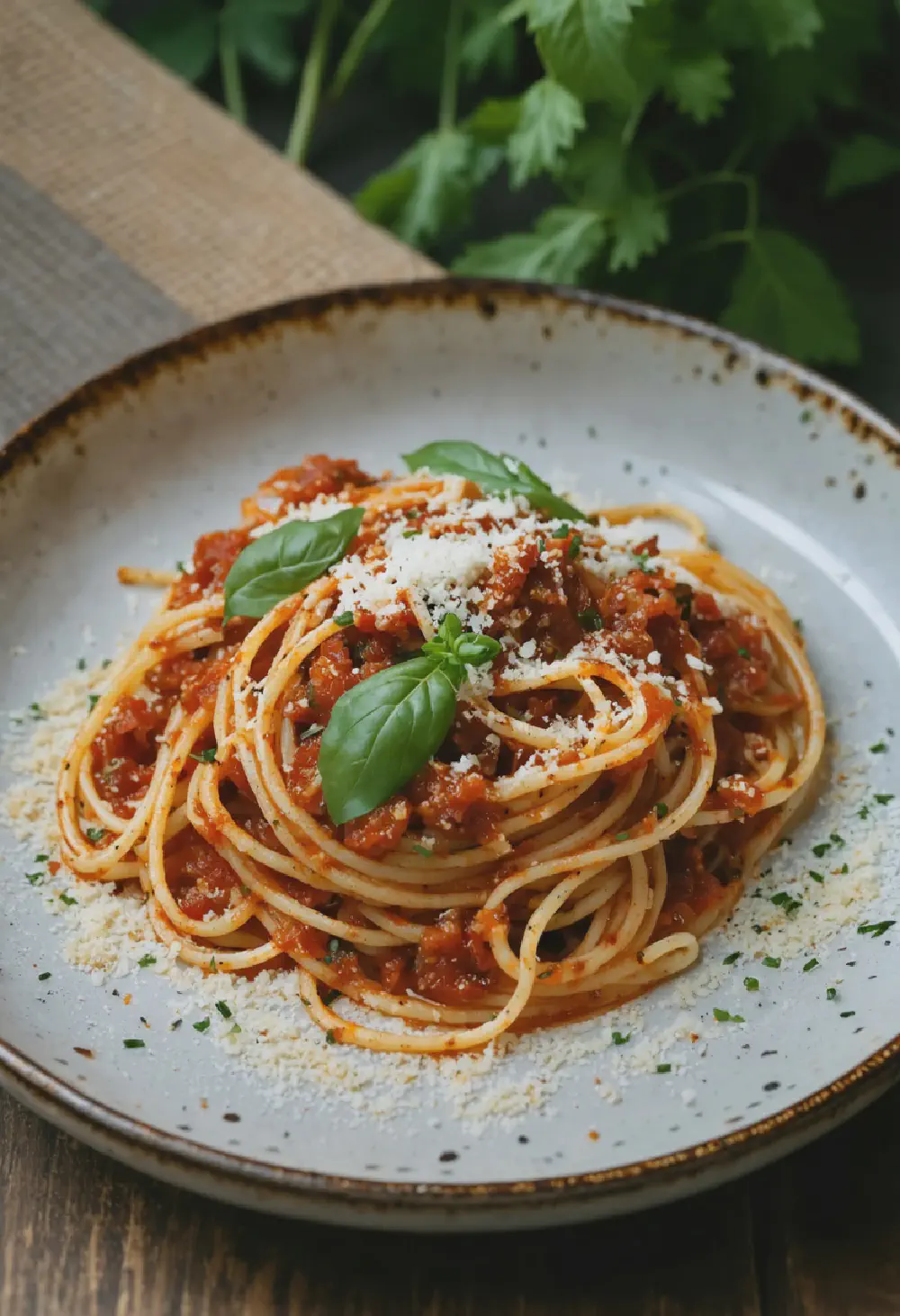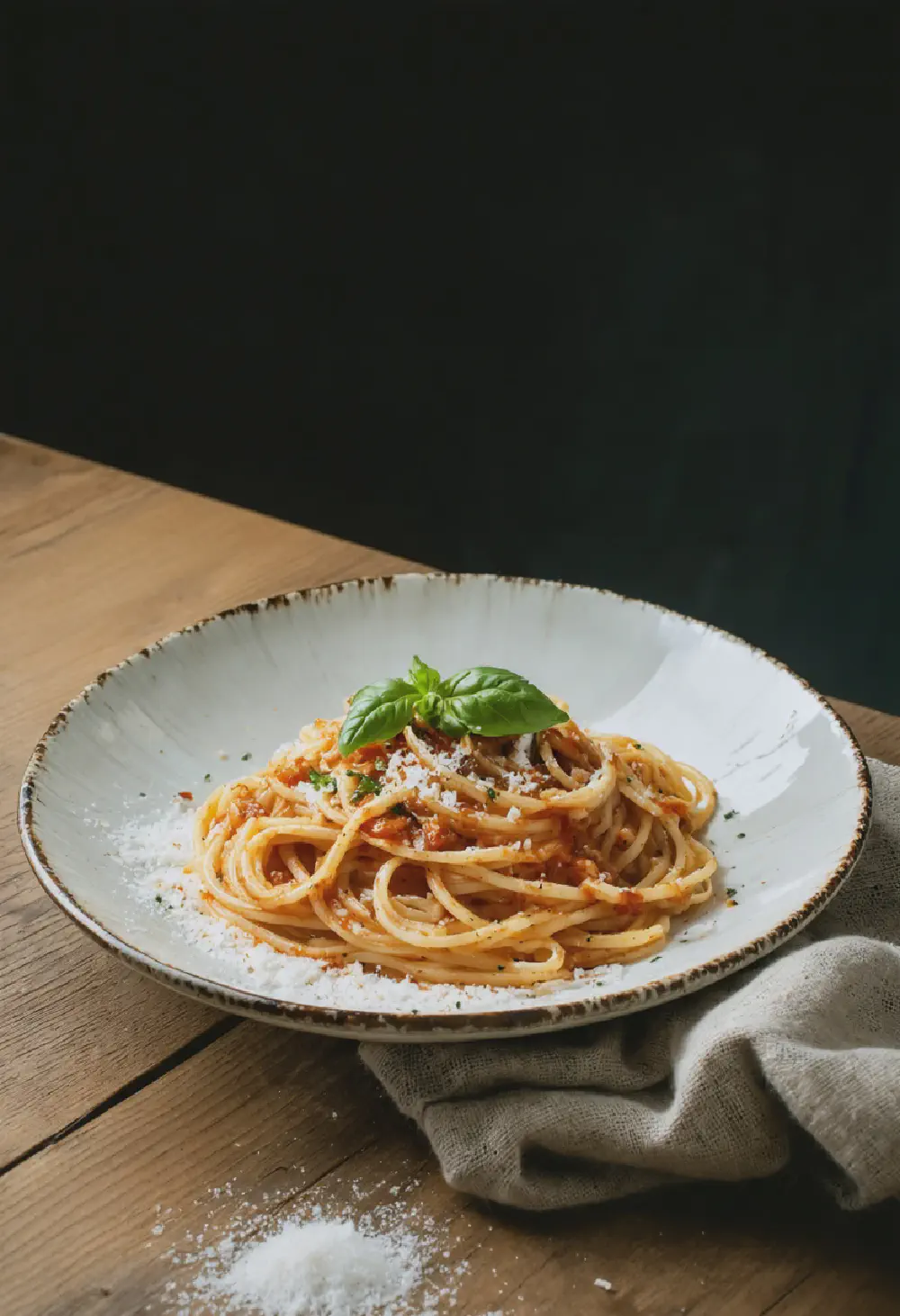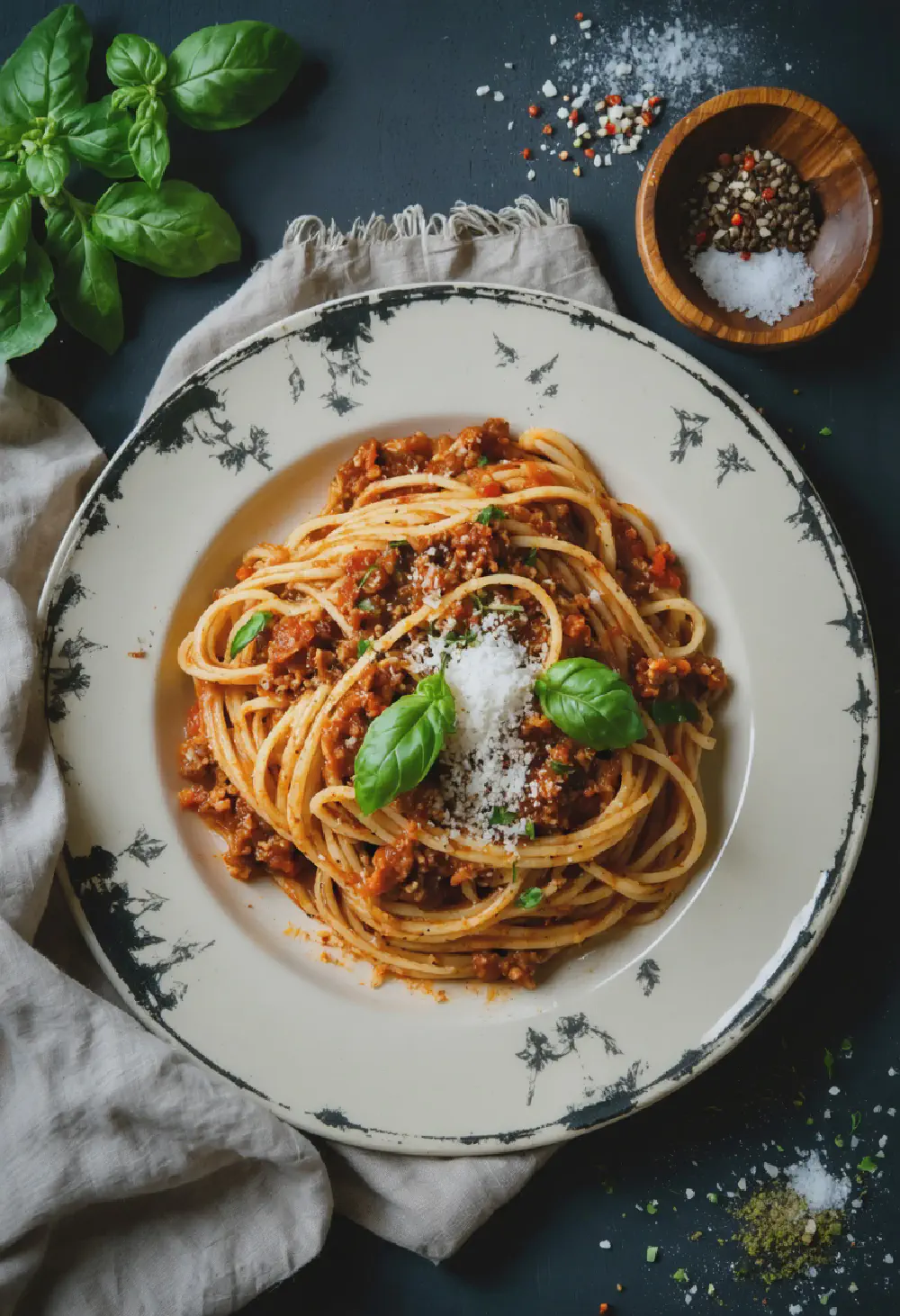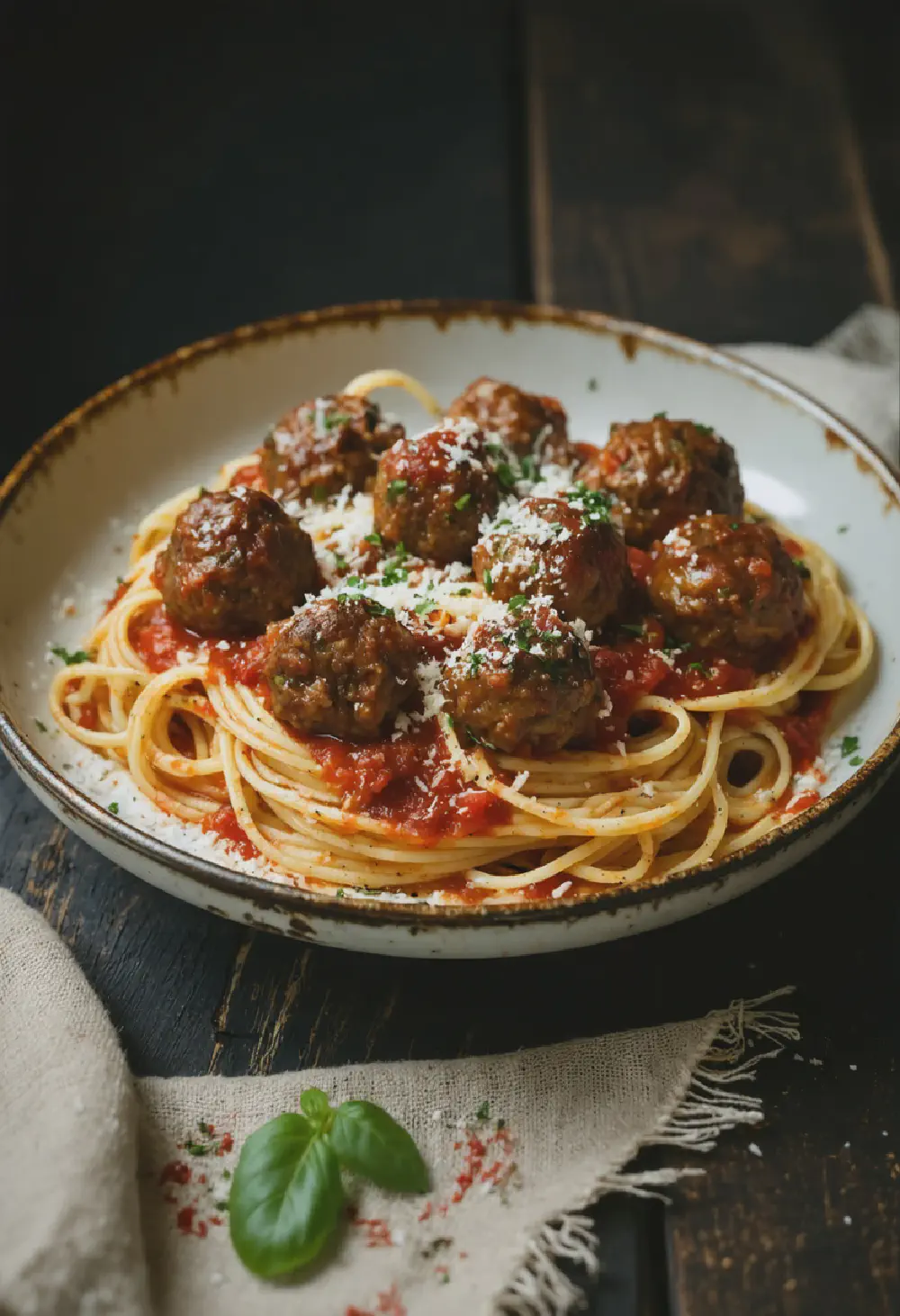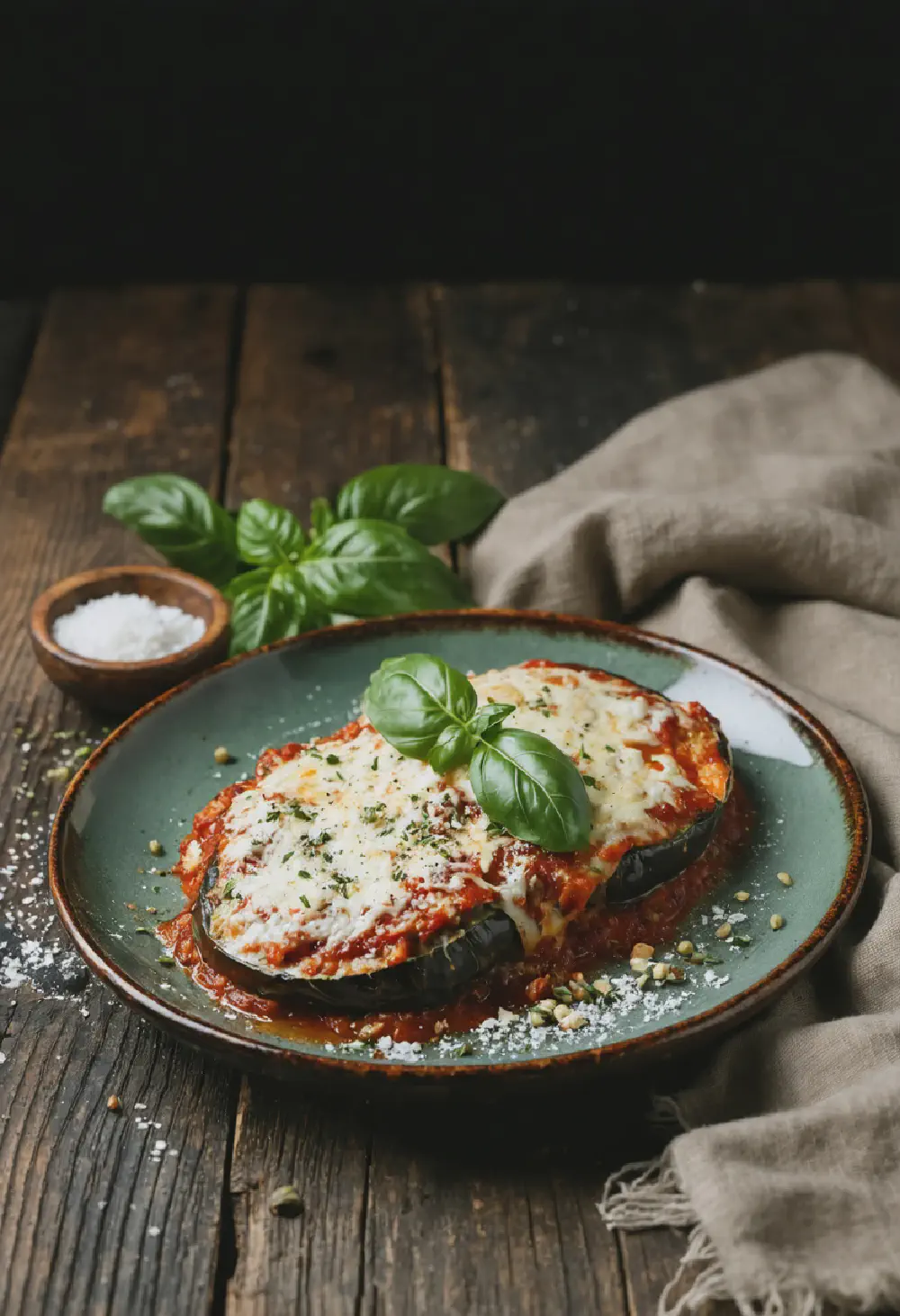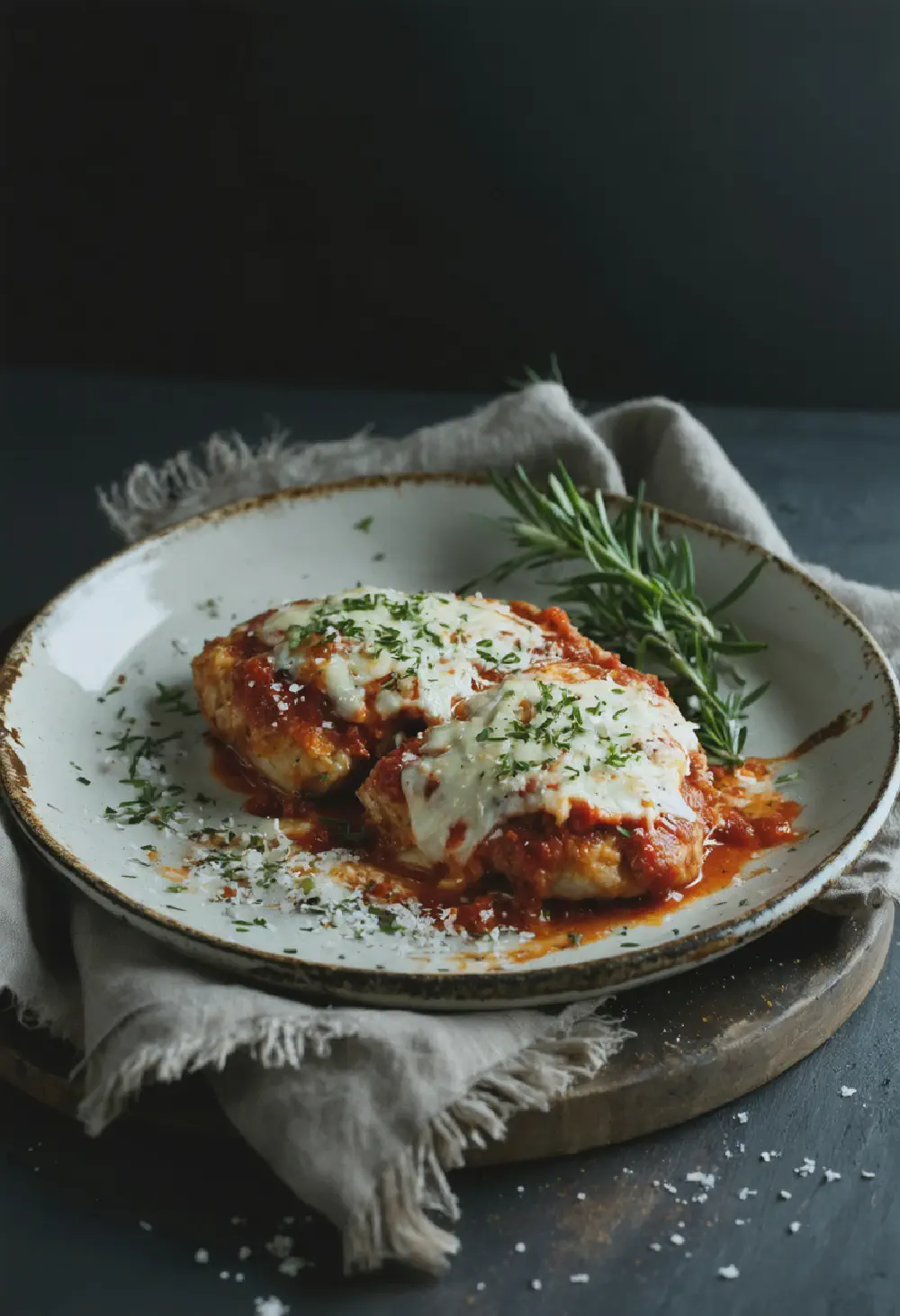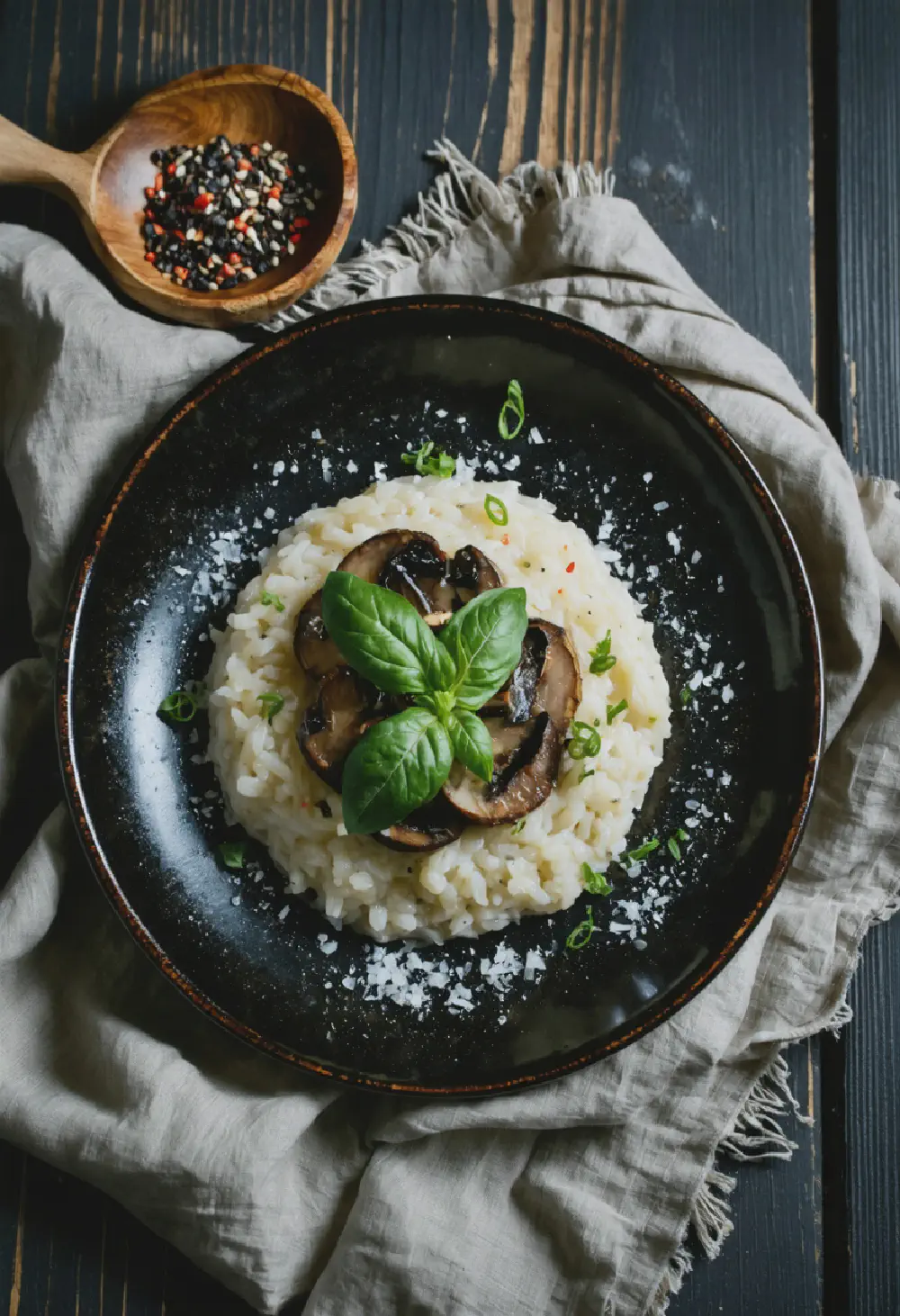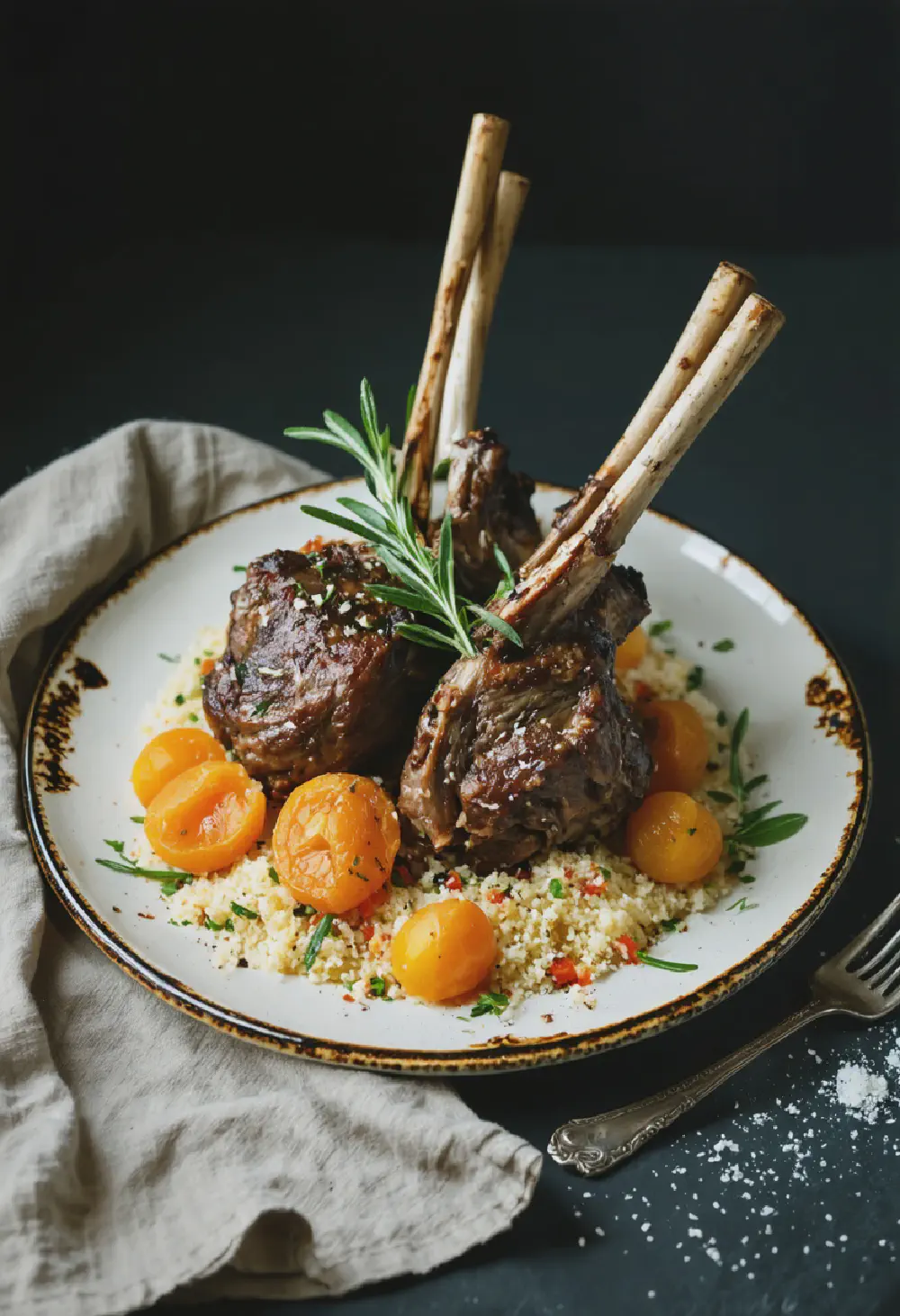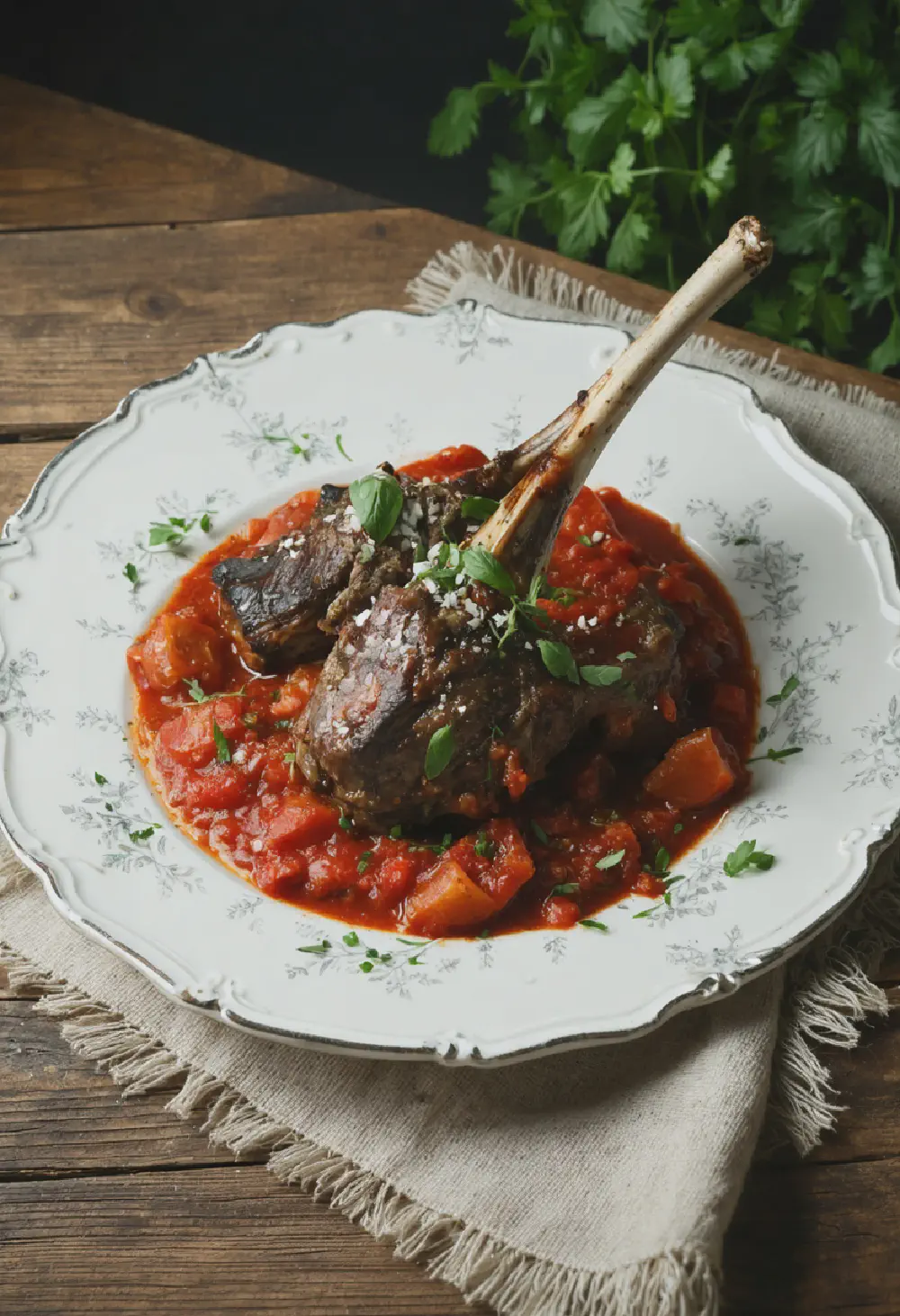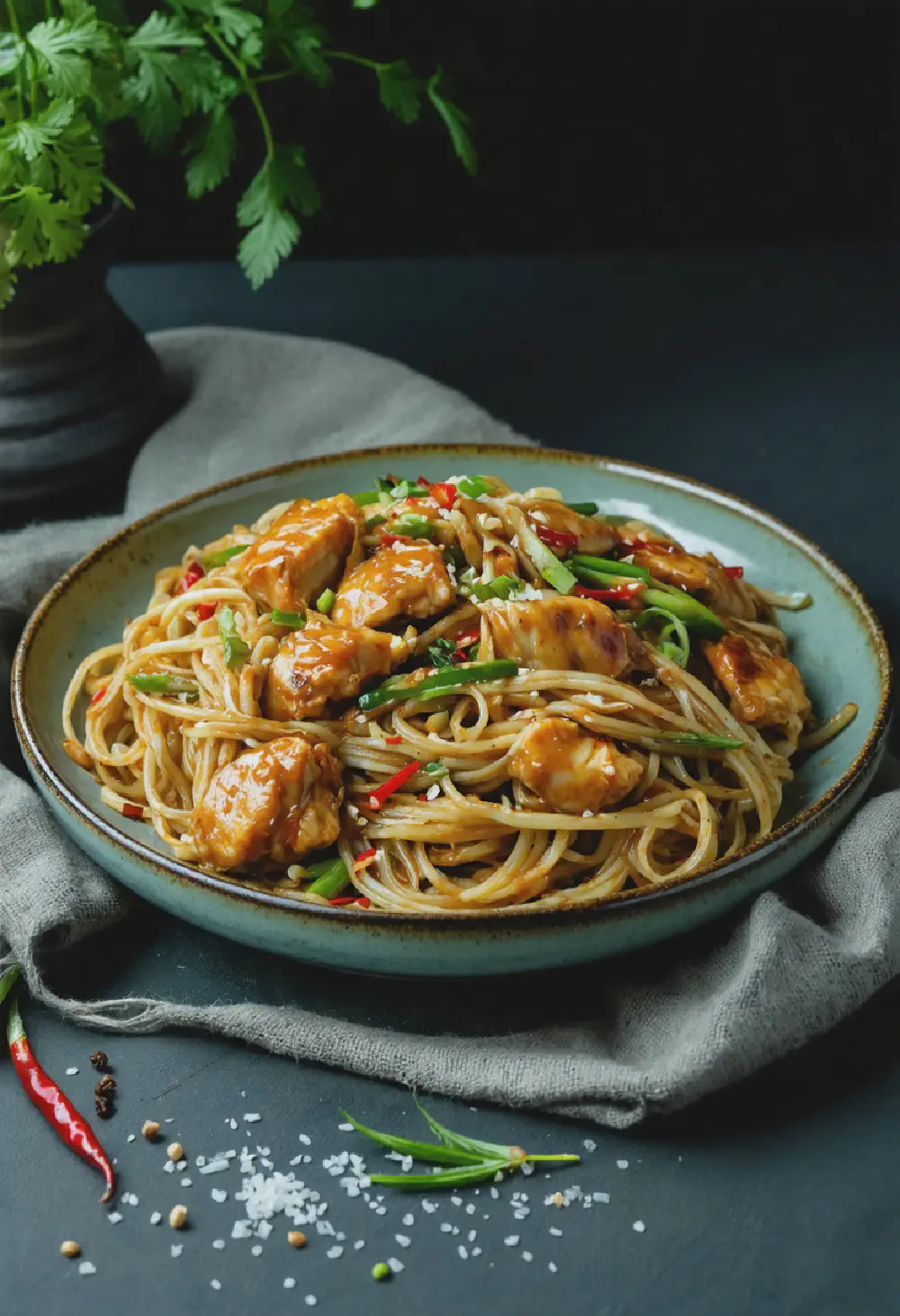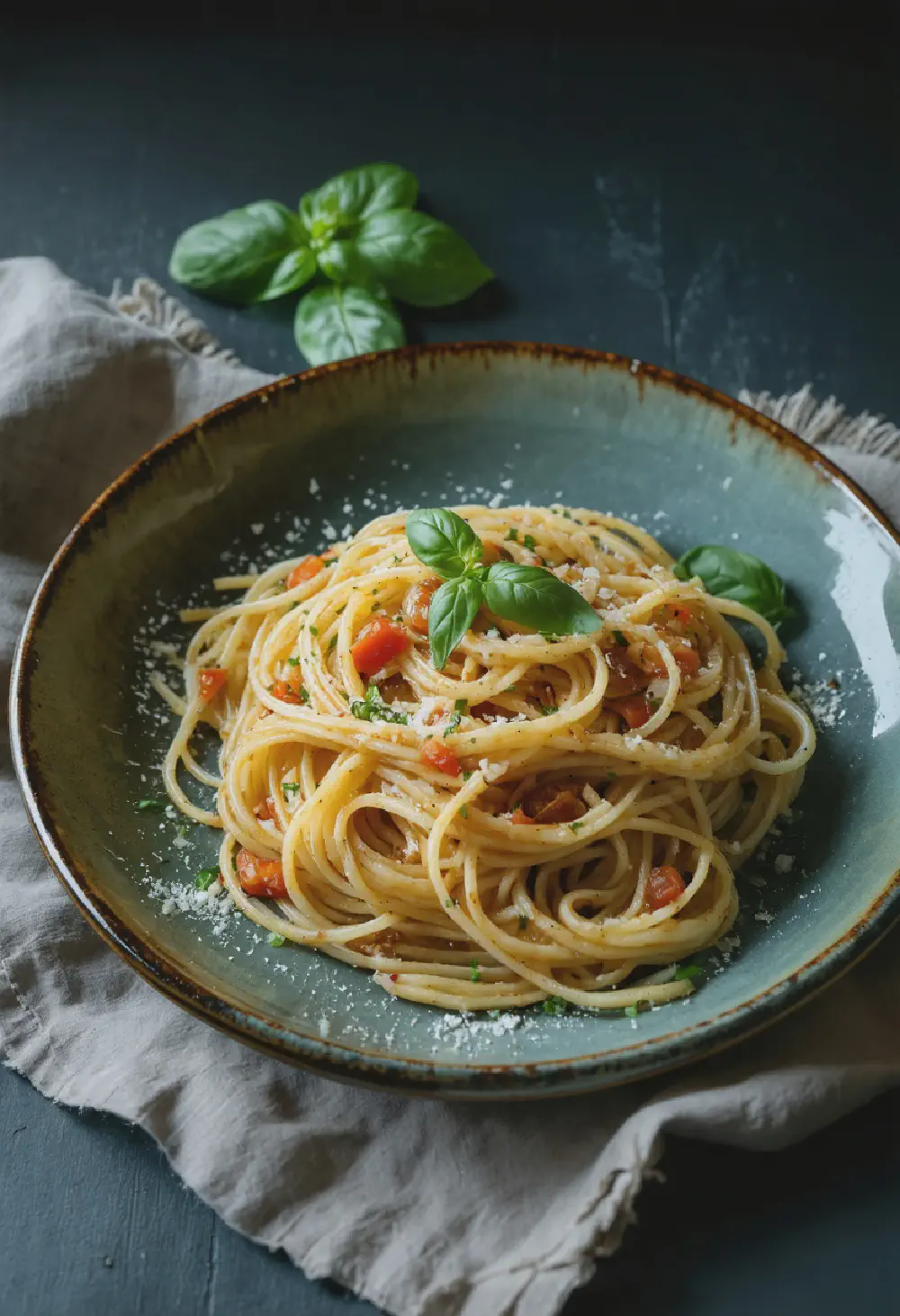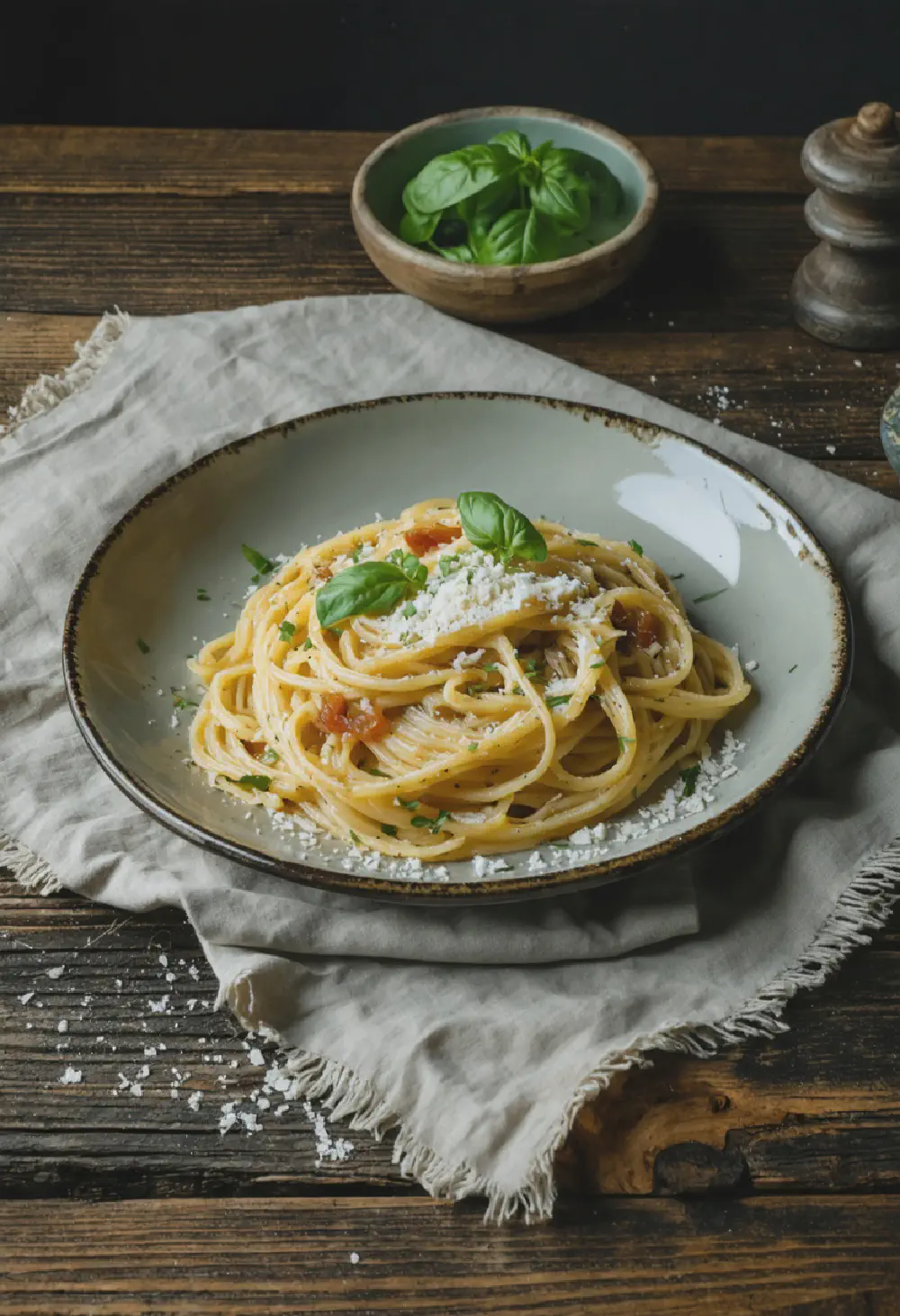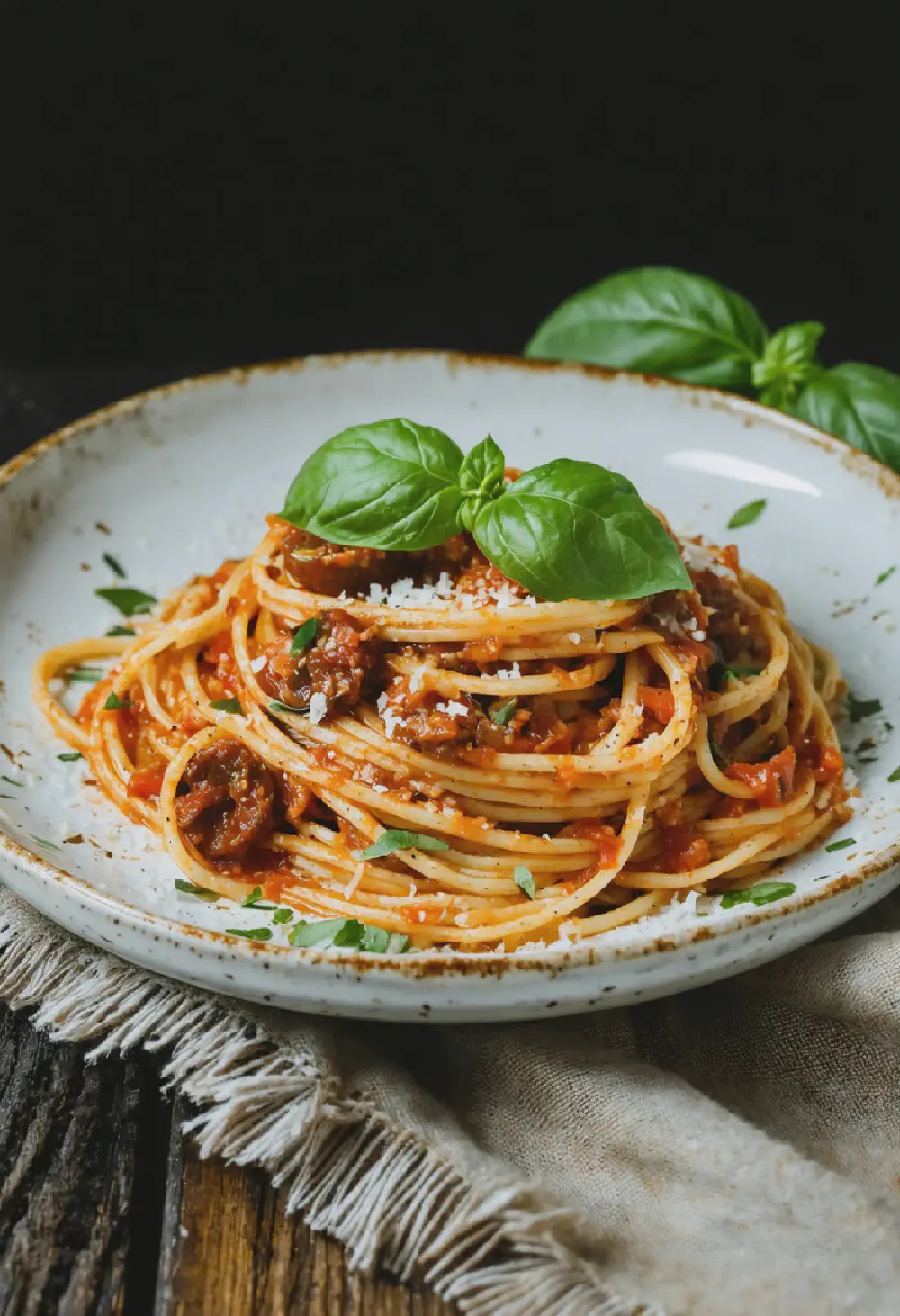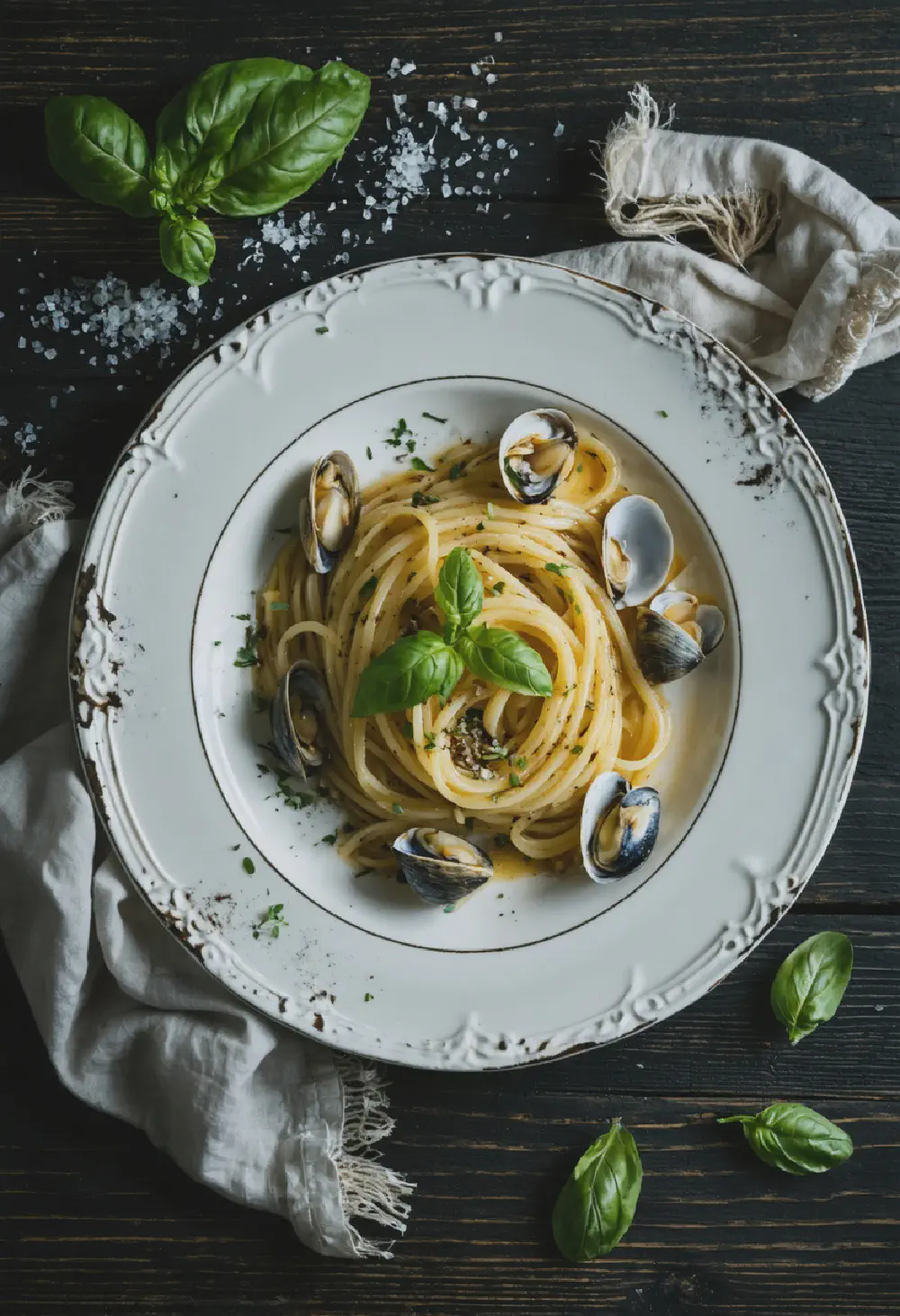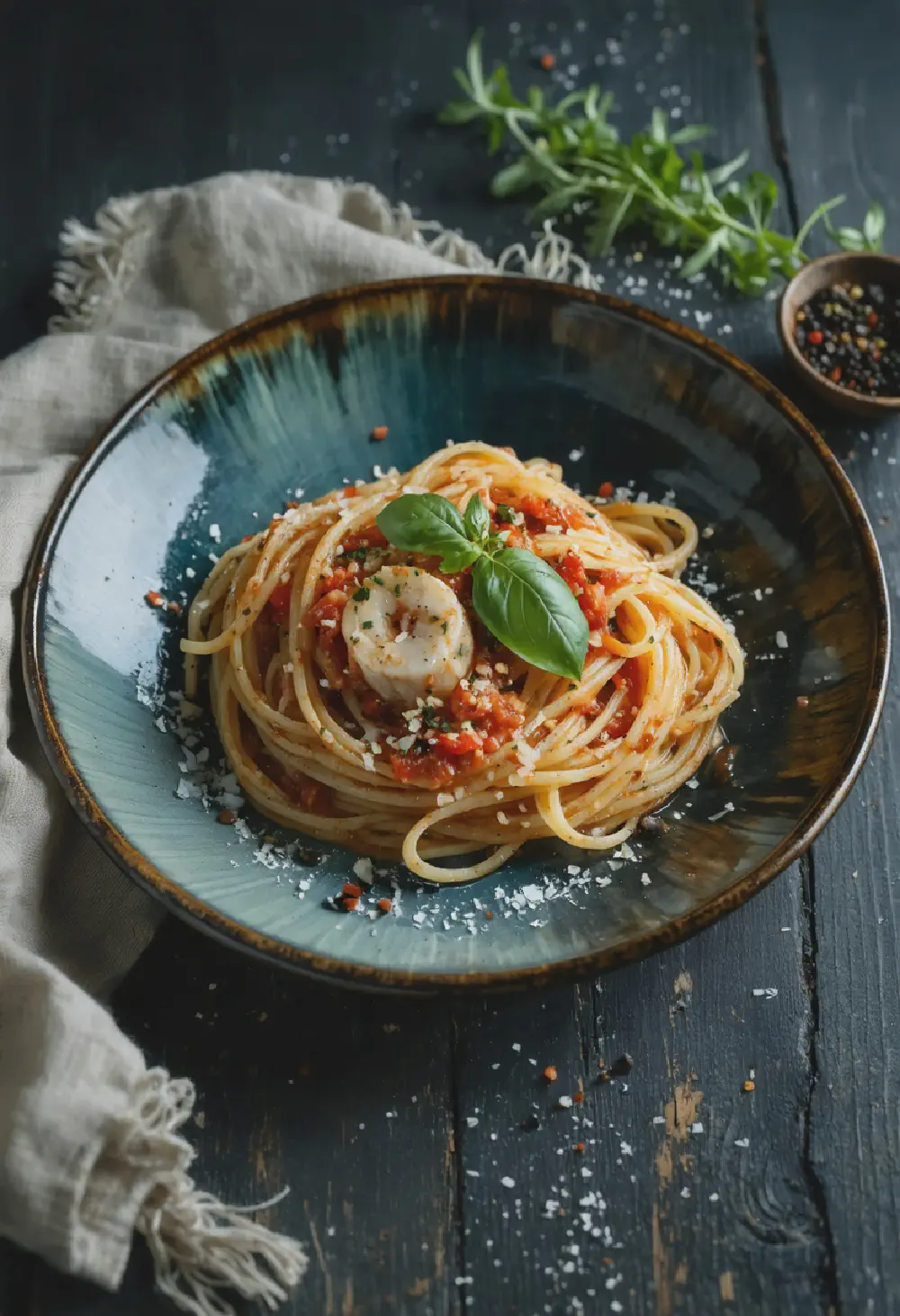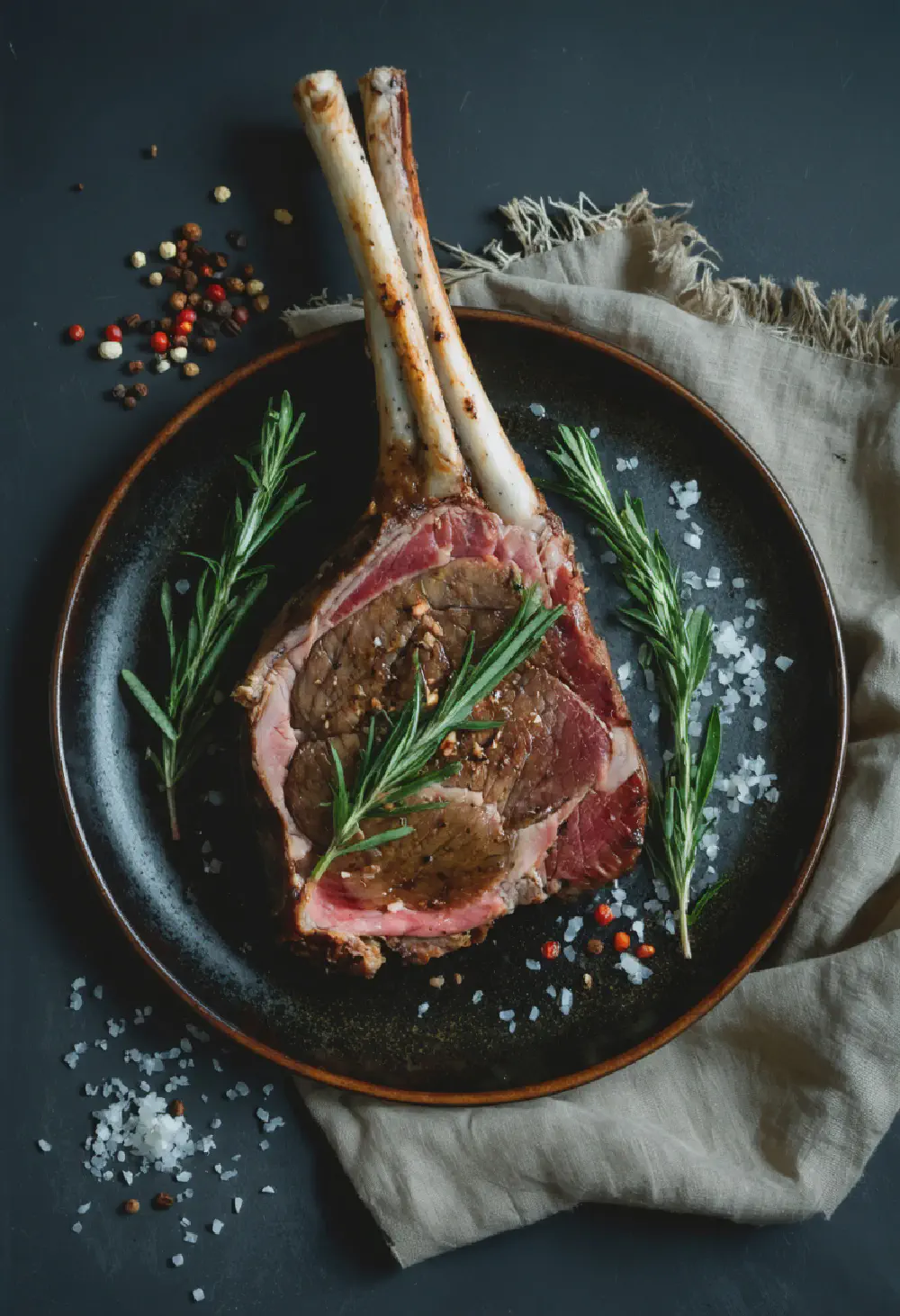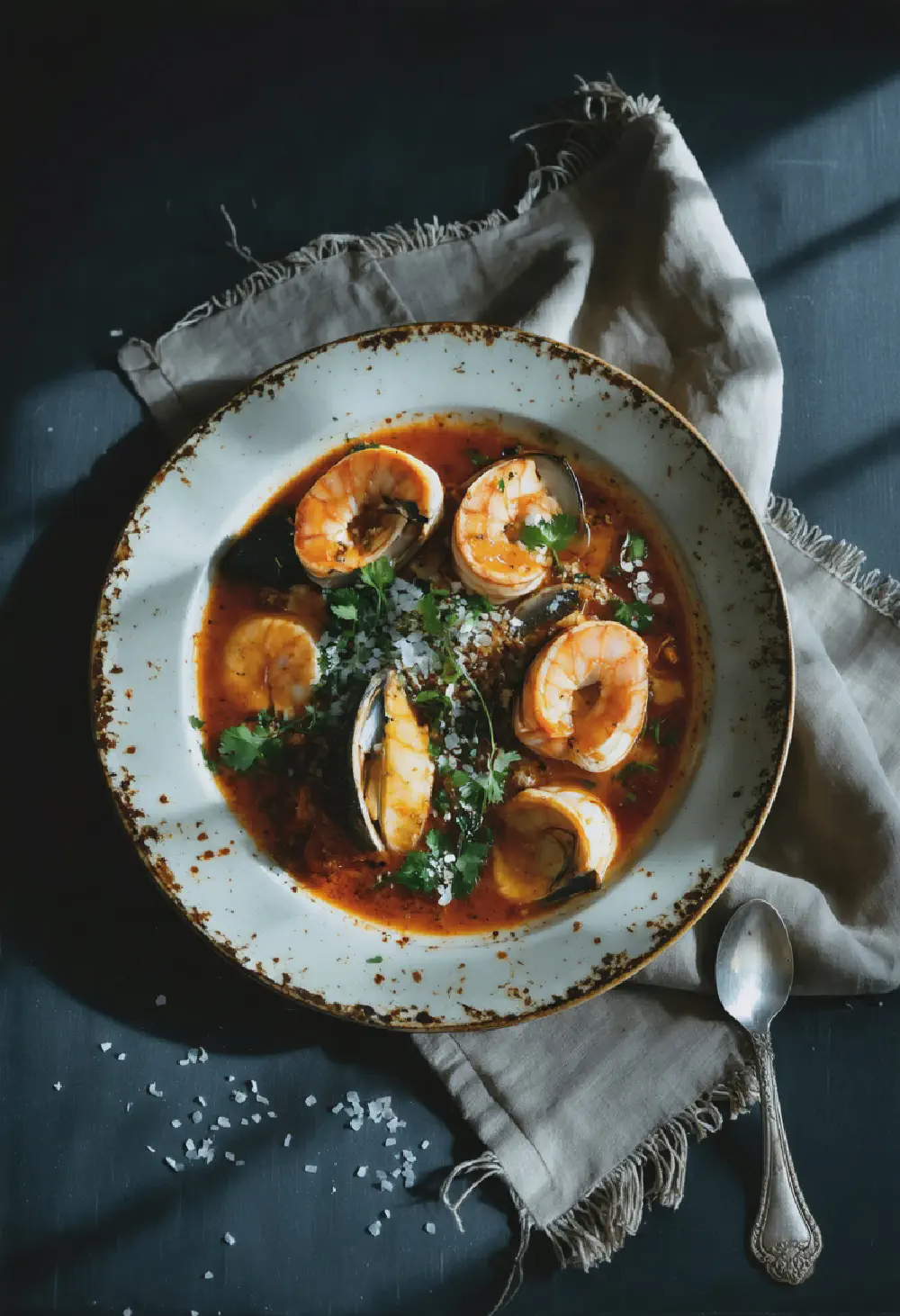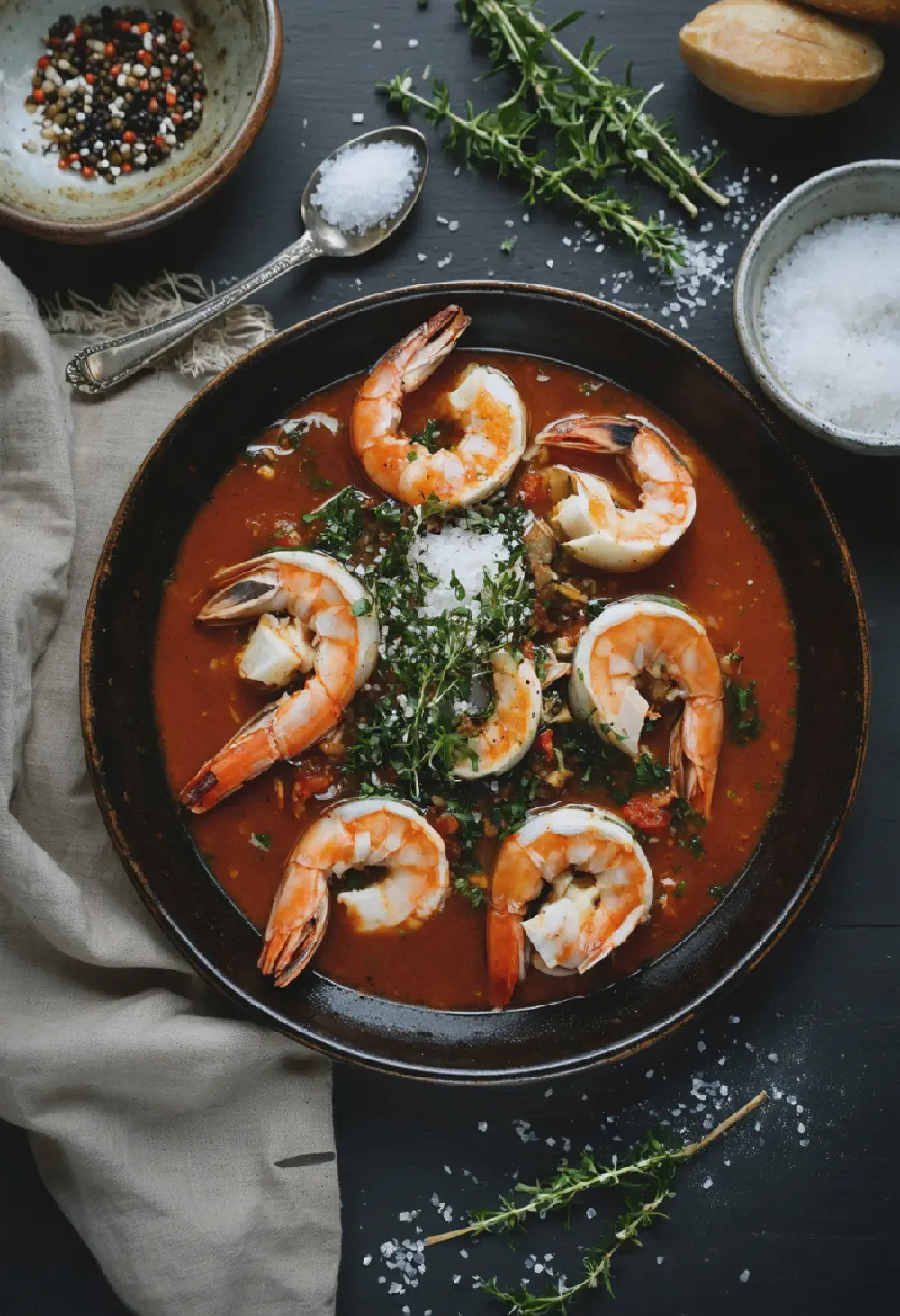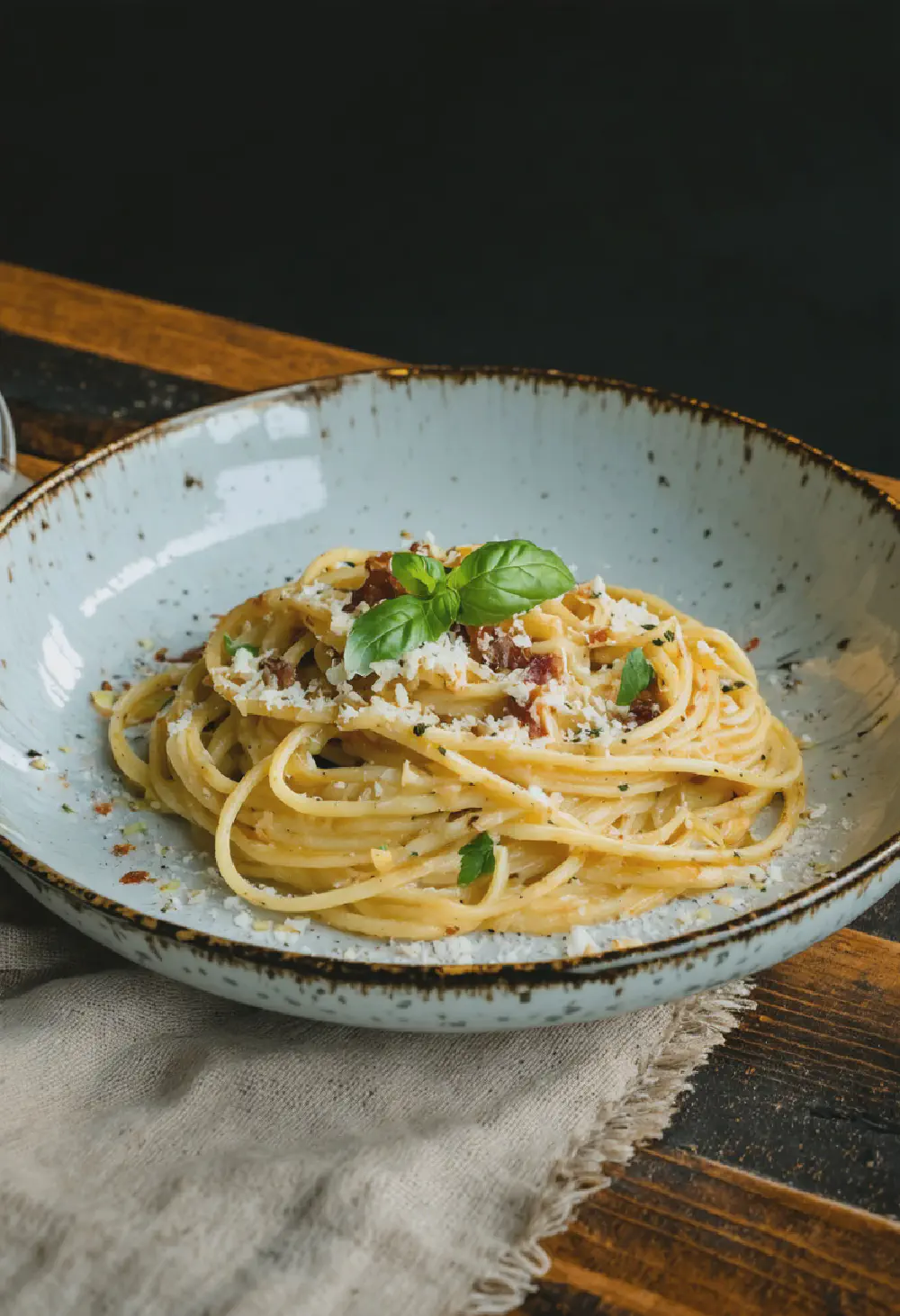Spaghetti alla Chitarra con Pallottine
1H
2H and 30M
- Makes 4 servings
- 2 cups '00' flour
- 2 large eggs
- 1/2 teaspoon salt
- 1/4 cup water (as needed)
- 1/2 pound ground beef
- 1/2 pound ground pork
- 1 small onion, finely chopped
- 1 clove garlic, minced
- 1/4 cup grated Pecorino Romano cheese
- 1/4 cup breadcrumbs
- 1 egg
- Salt and pepper to taste
- 2 tablespoons olive oil
- 1 can (28 ounces) whole peeled tomatoes
- 1/2 cup dry white wine
- 1/4 cup fresh basil leaves, torn
- 1/4 cup fresh parsley, chopped
- Prepare the pasta dough: On a clean surface, mound the flour and create a well in the center. Crack the eggs into the well, add salt, and begin to mix with a fork, gradually incorporating the flour. Add water as needed to form a dough. Knead the dough for about 10 minutes until smooth. Wrap in plastic and let rest for 30 minutes.
- Roll out the dough: Divide the dough into 4 pieces. Roll each piece into a thin sheet, about 1/8 inch thick. Cut the sheets into rectangles to fit your chitarra (guitar) pasta cutter.
- Make the spaghetti: Place the dough rectangle on the chitarra and press down with a rolling pin to cut the pasta into thin strands. Gently lift the spaghetti off the chitarra and set aside on a floured surface.
- Prepare the meatballs: In a bowl, combine the ground beef, ground pork, onion, garlic, Pecorino Romano, breadcrumbs, egg, salt, and pepper. Mix until well combined. Form small meatballs, about the size of a marble.
- Cook the meatballs: Heat olive oil in a large skillet over medium heat. Add the meatballs and cook until browned on all sides, about 5-7 minutes. Remove the meatballs and set aside.
- Make the sauce: In the same skillet, add the tomatoes, crushing them with a spoon. Pour in the white wine and bring to a simmer. Add the meatballs back to the skillet, reduce heat to low, and let simmer for about 30 minutes, stirring occasionally. Add basil and parsley in the last 5 minutes of cooking.
- Cook the pasta: Bring a large pot of salted water to a boil. Add the spaghetti alla chitarra and cook until al dente, about 5-7 minutes. Drain the pasta, reserving a cup of pasta water.
- Combine and serve: Toss the cooked pasta with the meatball sauce, adding reserved pasta water if needed to achieve the desired consistency. Serve hot, garnished with additional grated Pecorino Romano.
Spaghetti alla Chitarra con Pallottine: A Deep Dive into an Italian Classic
History
Spaghetti alla Chitarra con Pallottine is a cherished dish hailing from the Abruzzo region of Italy. The name “Spaghetti alla Chitarra” refers to the unique method of preparing the pasta, which involves using a tool called a “chitarra” (Italian for guitar) to cut the pasta dough into thin, square strands. This traditional technique dates back to the 19th century and is a testament to the ingenuity of Italian culinary practices. The addition of “Pallottine,” or tiny meatballs, adds a delightful twist to the dish, making it a beloved comfort food in Abruzzo households. The history of this dish is deeply intertwined with the region’s pastoral traditions, where fresh, locally-sourced ingredients were used to create hearty, satisfying meals.
Taste Profile
The taste profile of Spaghetti alla Chitarra con Pallottine is a harmonious blend of robust flavors and textures. The homemade spaghetti alla chitarra offers a satisfying bite, with its rustic, square shape providing a perfect canvas for the sauce. The rich tomato sauce, a staple in Italian cuisine, brings a tangy sweetness that complements the savory, tender meatballs. The “Pallottine” are seasoned with a mix of herbs and spices, adding depth and complexity to each bite. Together, these elements create a dish that is both comforting and sophisticated, showcasing the balance of flavors that Italian cuisine is renowned for.
Cultural Significance
In the context of Italian cuisine, Spaghetti alla Chitarra con Pallottine holds a special place in the culinary heritage of Abruzzo. This dish is more than just a meal; it is a celebration of the region’s rich cultural tapestry. The use of the “chitarra” to make the pasta is a nod to the traditional craftsmanship that has been passed down through generations. Additionally, the inclusion of meatballs reflects the importance of meat in Abruzzo’s pastoral culture, where livestock farming has long been a way of life. Serving this dish at family gatherings and festive occasions underscores its role in fostering a sense of community and tradition. As such, Spaghetti alla Chitarra con Pallottine is not just a culinary delight but a symbol of Abruzzo’s enduring cultural legacy.
